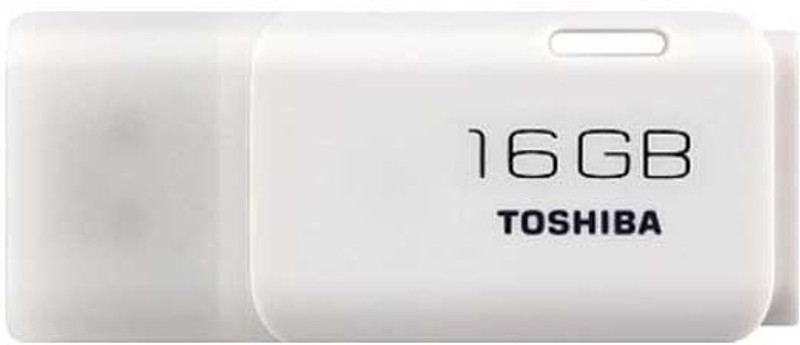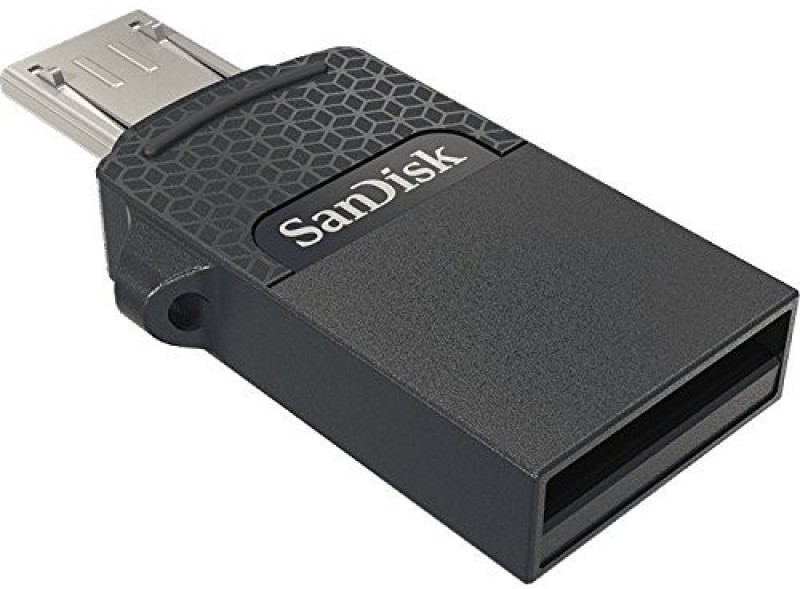How To Choose A Safe and Durable Ladder Online: Top Tips For A Secure Purchase

Have you ever needed a ladder for a quick fix or a home improvement project, only to end up with a wobbly contraption that feels like it could topple over at any moment? While shopping online makes life more convenient, buying something as crucial as a ladder requires careful thought. After all, the last thing you want is to end up with a shaky, unreliable ladder when you're trying to reach new heights, literally. If you've already spent hours scrolling through countless listings and each ladder looks just about the same, you may be feeling more confused than ever. With so many options available, how do you even begin to choose the right one? Don't worry; Amazon ladders have got you covered! This guide will walk you through the essential considerations to make sure you buy the ladder that's perfect for your needs and your safety on Amazon.
Also Read: Stylish Furniture For Living Room: The Best Upgrades For Small Spaces
1. Understand Your Specific Needs Before Making A Purchase
When you start looking for a ladder, it's easy to get overwhelmed by the sheer variety of options. There are step ladders, extension ladders, folding ladders, multi-purpose ladders, and more. Before you dive into online stores, take a moment to understand exactly what you need. Are you planning to use it indoors for light tasks like changing light bulbs or cleaning windows? Or is it going to support you during heavy-duty tasks like roof repairs or tree trimming?
For everyday household tasks, a simple step ladder might do the trick. However, if you need something for higher, more strenuous jobs, consider an extension ladder. Knowing what you'll use the ladder for will help narrow your options and prevent you from buying something unsuitable.
Remember, different ladders come with varying weight capacities, so ensure that the one you choose can handle your weight along with any tools you might need to carry. Taking the time to assess your specific needs now will help you avoid the regret of buying a ladder that's too short or too flimsy for the job later.
2. Material Matters: Aluminium, Fibreglass Or Wood?
Ladders are typically made from three types of materials: aluminium, fibreglass, and wood. Each has its pros and cons, so it's important to choose one that best suits your requirements.
Aluminium ladders are lightweight, rust-resistant, and easy to manoeuvre, making them ideal for most home tasks. They are perfect for indoor and outdoor use and often come at a more affordable price point. However, they are also prone to dents and scratches if not handled properly, and they aren't suitable for electrical work because they conduct electricity.
Fibreglass ladders, on the other hand, are heavier but offer superior durability and resistance to wear and tear. They're ideal for professionals who need to rely on their ladders for heavy-duty jobs and can be a great option for those needing ladders for electrical work. The downside? They tend to be pricier than aluminium ladders.
Then, there's wooden ladders, which bring a vintage charm but aren't as popular these days. While they offer a stable structure, they're heavier, and over time, they can get damaged by moisture and insects. If you're going for looks and nostalgia, a wooden ladder may still have a place in your home, but for practicality, the other two materials are often better choices.
3. Check the Ladder's Load Capacity
One of the most crucial aspects of buying a ladder is ensuring it can support the weight it needs to. Each ladder comes with a specified load capacity, typically marked as a rating such as "Type I," "Type II," etc. These ratings indicate the maximum weight the ladder can safely support, including both your body weight and any tools you plan to carry.
For most household uses, a ladder with a load capacity of 100 kg (Type III) or 125 kg (Type II) should suffice. However, if you plan to use the ladder for heavier tasks or if you're on the larger side, look for a ladder rated for more weight, such as Type I (150 kg) or even Type IA (170 kg). Overloading a ladder can be a serious safety risk, so always opt for a ladder with a higher load capacity than you think you'll need.
It's also important to consider the weight of any tools or equipment you might be taking up with you. A heavy toolbox could quickly push you over the weight limit, making the ladder unstable.
4. Ladder Height: The Right Reach
Choosing the right ladder height is crucial to ensure you're comfortable and safe while using it. You want a ladder that's tall enough to reach the place you're working on but not so tall that it becomes difficult to manage.
As a general rule, when standing on the ladder, your waist should be no higher than the second rung from the top. If you're trying to reach high places like ceilings or roofs, you may think you need a super tall ladder, but sometimes an extension ladder will offer better stability and reach compared to a shorter one.
To get the right height, consider how far you need to reach and then add at least 3 feet to that number for safety. If you're uncertain about the height, it's better to go for a slightly taller ladder rather than risk getting a ladder that's too short.
5. Stability Features: Don't Settle for a Wobbly Ladder
Stability is non-negotiable when it comes to ladder safety. A wobbly or unstable ladder can cause accidents that could lead to serious injuries, so it's essential to pay attention to the ladder's stability features.
Look for ladders that come with anti-slip feet and wide rungs for better grip. The feet should have rubber padding to provide traction on smooth surfaces and prevent the ladder from sliding out of position. If you plan to use the ladder on uneven ground, consider getting a model with adjustable legs for added balance.
If you're purchasing a step ladder, make sure it has a locking mechanism that keeps it in place once you set it up. Extension ladders should have a sturdy locking system to prevent them from collapsing unexpectedly.
By focusing on these stability features, you'll minimise the risk of accidents and ensure that your ladder remains firmly in place while you work.
6. Portability and Storage: Choose a Ladder That's Easy to Handle
While sturdiness is essential, a ladder should also be easy to move and store. Think about where you'll be using the ladder most often and how much space you have to store it. Extension ladders can be bulky, while multi-purpose ladders can fold down for more compact storage.
Some ladders come with built-in handles or lightweight frames, which make them easy to carry from one location to another. If you have limited space at home, folding ladders are a great option as they take up minimal room when not in use. If you're working in tight areas, choose a lightweight ladder that won't be cumbersome to carry around.
Make sure the ladder is also easy to clean. Ladders used outdoors may collect dirt and grime, so ensure the material is resistant to corrosion and doesn't require a lot of maintenance.
7. Review Customer Feedback: What Others Are Saying
One of the best ways to gauge the quality of a ladder before buying it is to read reviews from other customers who have already purchased and used the product. Customer feedback can offer valuable insights into the ladder's durability, stability, ease of use, and any potential issues that might not be obvious from the product description.
Look for reviews that discuss the ladder's real-world performance, especially regarding its stability and sturdiness. Keep an eye out for any complaints about manufacturing defects or safety concerns. While most ladders are tested for quality, it's always wise to hear from those who have used the product in everyday situations.
Additionally, check the seller's return policy just in case you end up with a ladder that doesn't meet your expectations.
8. Price vs. Quality: Don't Compromise Safety for Savings
It's tempting to grab the cheapest ladder you can find, but remember that a ladder is a tool designed to keep you safe. Spending a little extra on a higher-quality, safer ladder can make a huge difference in the long run.
While price is always a consideration, don't let it be your sole deciding factor. Opt for a ladder that balances cost with quality, ensuring that you're getting a durable, safe, and reliable product. Cutting corners might save a few rupees now, but it could cost you much more in the future if the ladder doesn't hold up or, worse, causes an accident.
Products Related To This Article
1. Cameo 4 Step Heavy Duty Foldable Step Ladder with Anti-Skid Shoes and Extra Strong Wide Steps
2. Plantex Steel Ladder for Home/Strong Foldable Wide 4 Step Ladder/Anti-Skid 4 Step Ladder
3. Plantex Steel Ladder for Home/Strong Foldable Wide 6 Step Ladder/Anti-Skid 6 Step Ladder
4. Amazon Basics Clamber
5. Bathla Safex 4-Step Foldable Aluminium Ladder for Home
6. Plantex Ladder for Home - Premium Steel Foldable 5-Step Ladder
7. Parasnath 7 Step Black Diamond Steel Ladder Folding Step Ladder
8. Pear 6-Step Premium Foldable Aluminium Step-Ladder for Home
Choosing the right ladder online doesn't have to be a tricky task if you know what to look for. By understanding your needs, considering the material, checking the load capacity, and looking at safety features, you'll ensure that the ladder you buy is reliable and fits the job. Keep in mind that quality and stability should always take precedence over price, and don't hesitate to invest in a ladder that you can trust for years to come.
So, next time you're shopping for a ladder, take your time, and don't let the convenience of online shopping lead you to a wobbly mistake. A well-chosen ladder will not only make your tasks easier but also ensure that you stay safe while reaching new heights.
Disclaimer: The images used in this article are for illustration purposes only. They may not be an exact representation of the products, categories, and brands listed in this article.






























